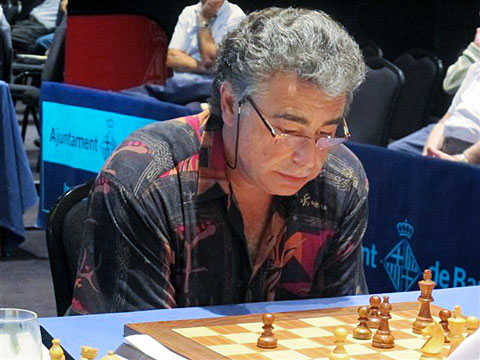Back when I had hair, Yasser had an Afro....
A good read. I love the following comment for acknowledging one of the major challenges facing players over fifty:
I’m disgusted with the (FIDE) time controls! My chief complaint is that they are not standardized. To my mind, there are three types of chess tournaments: classical, rapid and blitz. Honestly, I don’t care what the time controls for these three disciplines are, only that they should be the same for all tournaments! Today, a “Classical” tournament will have all kinds of different time controls. It is terrible. For a professional, they are constantly recalibrating themselves for all these controls which can be different from event to event in the extreme. This too, has been a failure from FIDE, official federations and the professional players. In fact, it is just stupid.Read the rest of his interview with IM Ana Matnadze at ChessBase.
If I were chess dictator I would say: “For the next two years we will play our three disciplines with these and only these standard time controls. Full stop. At the end of two years, we will review the results. If we discover that some tweaking is necessary, we will change the standard and practice them for two years…” And so forth and so on, eventually settling on the three standards that we all like best, which works for all parties, including organizers.
I would start with a classical time control of 90 minutes for 40 moves with a thirty second bonus for all moves made from move one. For the second time control 30 minutes for 20 moves (with the thirty second bonus); for the third time control 15 minutes (with the thirty second bonus) for the rest of the game. My reasoning for this time control is that a classical game will obviously be the longest of the three disciplines. A player has physical needs, such as nutrition, drinks, visiting the restroom and so on. The three distinct time controls, allow the player to comfortably meet their physical needs. It is simply intolerable to be sitting at the board, with a strong physical need to go to the restroom and being unable to do so because you are playing on increment time only.











